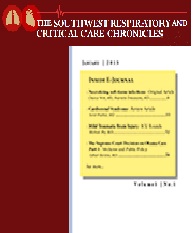Vancomycin induced acute kidney injury: a review of the literature
Abstract
Vancomycin has been widely used for its activity against Gram positive bacteria and is often the first choice for methicillin-resistant Staphylococcus aureus (MRSA). The current guidelines recommend trough levels of 15-20 mcg/mL to treat these resistant organisms. Higher trough levels are synonymous with higher doses and in turn predispose patients to adverse events. The most commonly reported adverse event is nephrotoxicity and/ or acute kidney injury. If detected early, this insult is reversible. We review the literatureon vancomycin nephrotoxicity in the adult medicine and critical care patients, highlighting risk factors and differences between continuous and intermittent dosing regimens.








